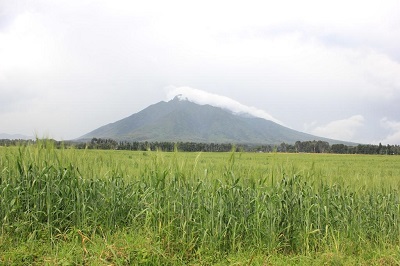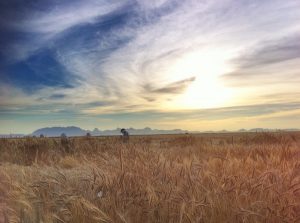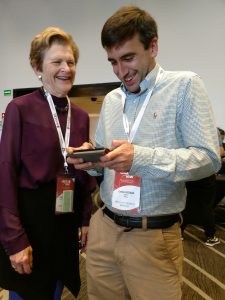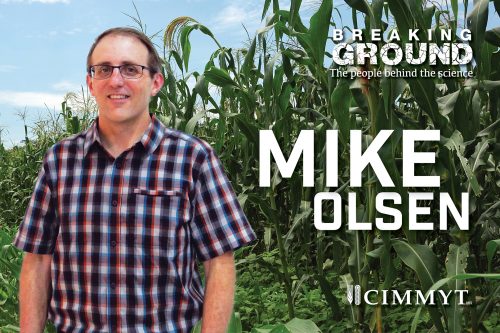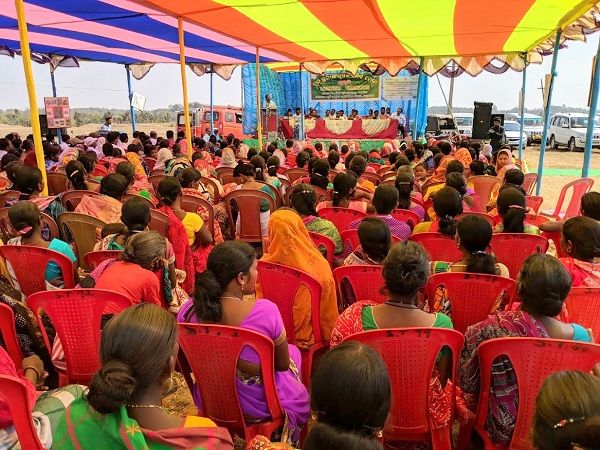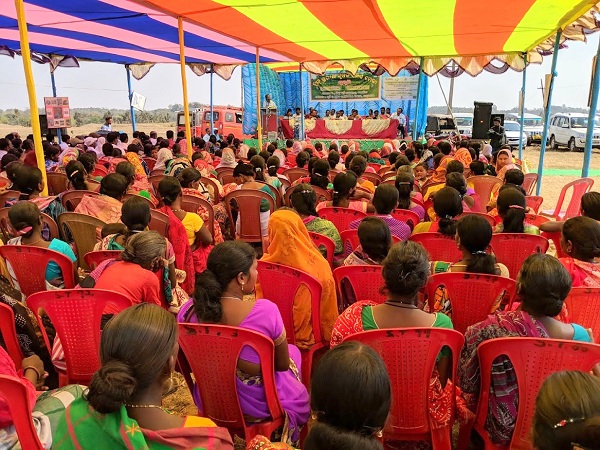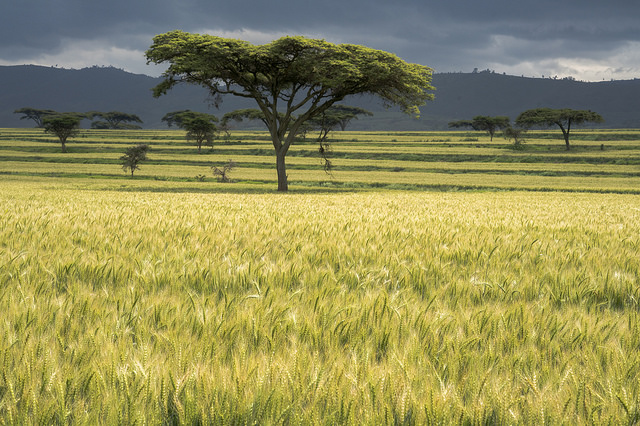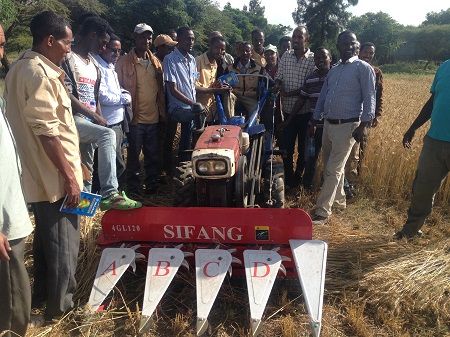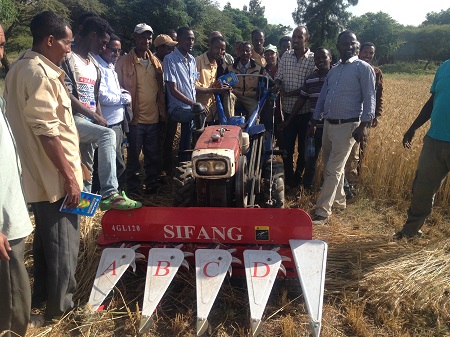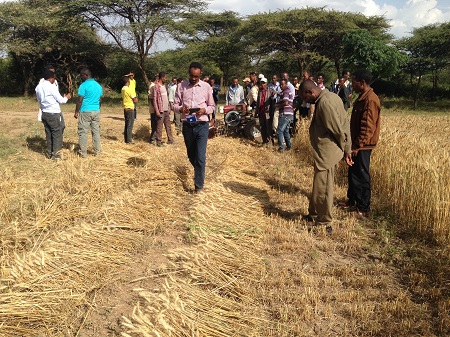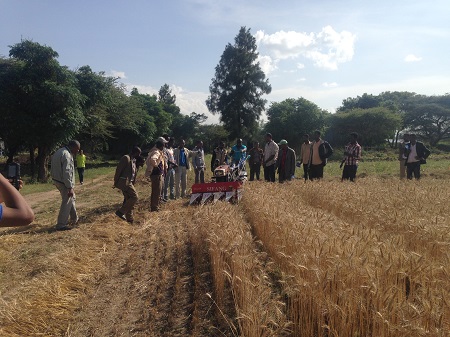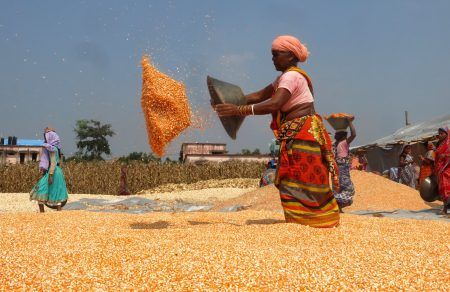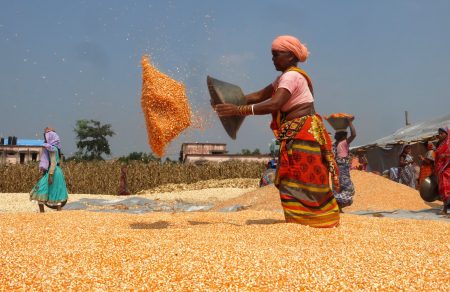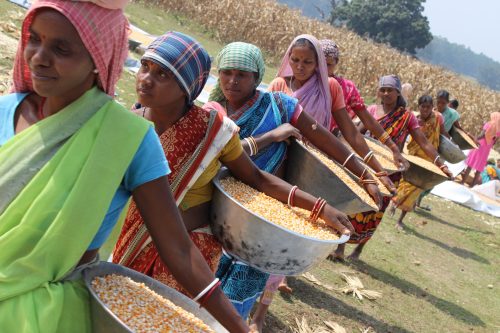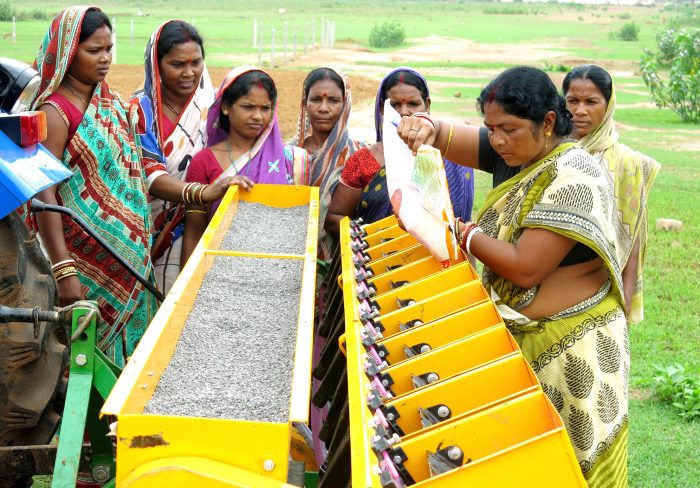Farmers in Ethiopia willing to pay more for quality protein maize

In Ethiopia, 44 percent of children under the age of five are stunted, or experience impaired growth due to poor nutrition, and 29 percent are underweight, according to the United States Agency for International Development. Quality protein maize (QPM) – a biofortified crop that increases lysine and tryptophan, two amino acids necessary for protein synthesis in humans – helps combat stunting and boosts nutrition in children who survive on a maize-dominated diet.
As maize is Ethiopia’s most consumed cereal, QPM could be especially beneficial to rural communities in the country, which consume more maize and suffer even higher rates of malnutrition than urban areas.
Until recently, farmers have been hesitant to adopt QPM over traditional varieties because the up-front cost is higher, and they have doubted the marketability due to the novelty of the variety. There is strong competition in productivity between QPM and conventional maize varieties and farmers tend to only plant newest or the best yielding varieties, where they feel sure they will get the highest return for their investment.
A study in Ethiopia found that farmers are willing to pay almost 50 percent more for quality protein maize (QPM) over conventionally grown maize, due to rising consumer preference for QPM varieties.
The major objective of the study was to know whether farmers as consumers have a preference for the QPM and if that would translate to a willingness to pay more for its attributes. As QPM is still a widely unknown variety, many farmers in the study had preconceived notions that it would be sour, would not taste good in traditional foods, or would be visually unappealing.
The study, conducted at CIMMYT as part of a MSc thesis, found that traditional food products made from QPM were correctly identified by most consumers, and were actually preferred over foods made from conventional maize. Farmers repeatedly expressed their preference for dabo, a local type of bread, made from QPM for its aroma, taste and texture. Mothers and children also consistently preferred genfo, a stiff maize-based porridge, made from QPM.
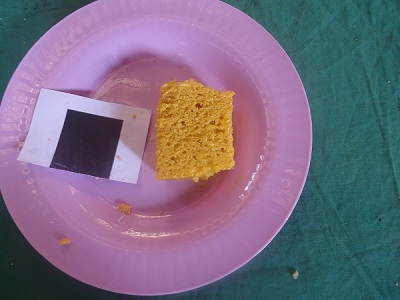
Although traditional foods made from white grain/flour are usually preferred in Ethiopia, yellow QPM received higher preference than the white, signifying the trait responsible to its yellowness seems to contribute to its taste and functional property.
Based only on this taste difference, farmers were willing to pay as much as 48 percent more for QPM in some communities. On average, farmers were willing to pay 37 percent more for yellow QPM, but only five percent more for white QPM, due to the variability of sensory qualities between the white and yellow QPM varieties.
When given information about the increased nutritional benefit of QPM, farmer willingness to pay more for white QPM shot up to be roughly on par with yellow QPM, and reduced the amount that farmers said they would be willing to pay for conventional maize.
This suggests that the taste preference between white and yellow QPM is small and that education is a particularly powerful tool to increase its uptake among farmers.
Based on this study, QPM has an advantage in Ethiopia’s maize market not only because of its nutritional benefits but also aroma, taste, and texture, which is significant for women who are responsible for household diet.
QPM requires a special value chain that considers its nutritional advantage and taste, and strong extension communication is vital for the adoption of QPM as nutritional information reinforces the market share, specifically for white QPM. Extension agents could use the reported sensory preference for yellow QPM to begin large-market dissemination of QPM, alongside information about its nutritional advantages.
Consumer willingness to pay more for QPM grain should encourage maize farmers, seed suppliers and other stakeholders to invest in the variety. Market acceptability of QPM means more profits for stakeholders, facilitating adoption, and in this case, contributing to the fight against malnutrition.
Read the full study “Sensory acceptance of quality protein maize dishes and willingness to pay for its grain in districts around Gilgel Gibe hydro-electricity dam: Omo Nada district” here, and learn more about CIMMYT’s work with QPM here.
The Nutritious Maize for Ethiopia Project is funded by the Government of Canada.
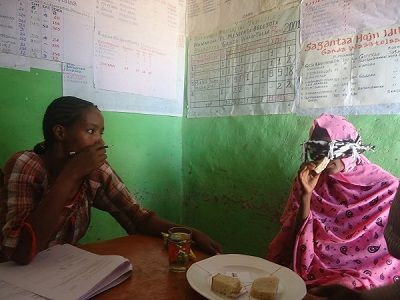
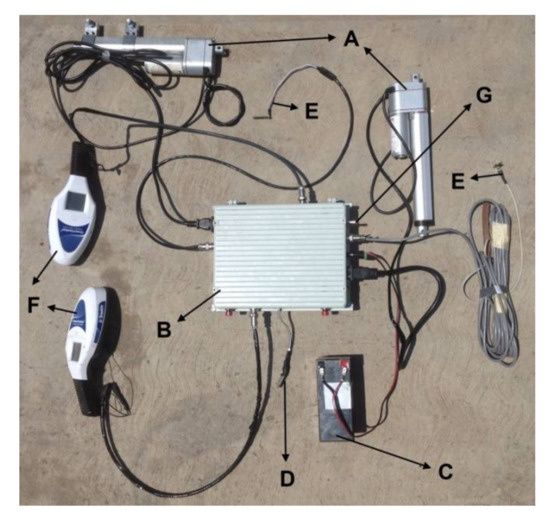
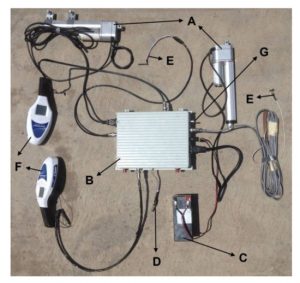

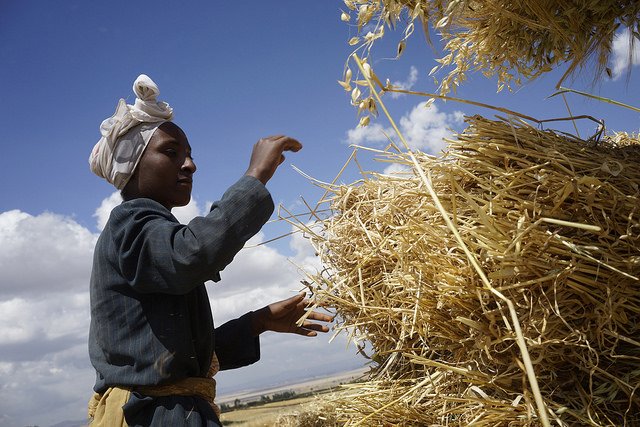

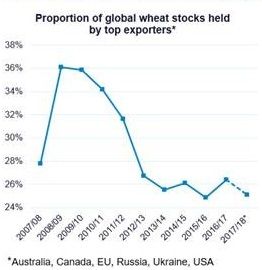
 “If there is a production issue—say, drought or a serious pest or disease outbreak in a key wheat growing country—then wheat stocks may not be as accessible as recent, bearish headlines suggest,” Kaur Purewal added. “Bear in mind that the world’s number-one wheat producer, China, is not exporting surplus wheat at the moment, so China’s wheat won’t really be available for the markets.”
“If there is a production issue—say, drought or a serious pest or disease outbreak in a key wheat growing country—then wheat stocks may not be as accessible as recent, bearish headlines suggest,” Kaur Purewal added. “Bear in mind that the world’s number-one wheat producer, China, is not exporting surplus wheat at the moment, so China’s wheat won’t really be available for the markets.”
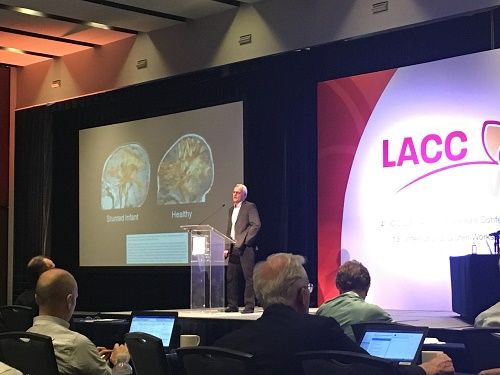
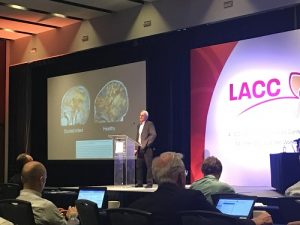
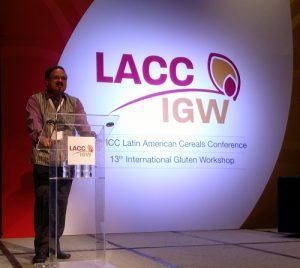
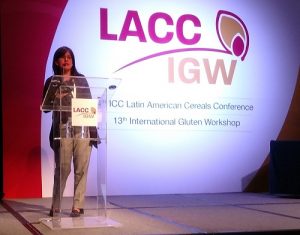
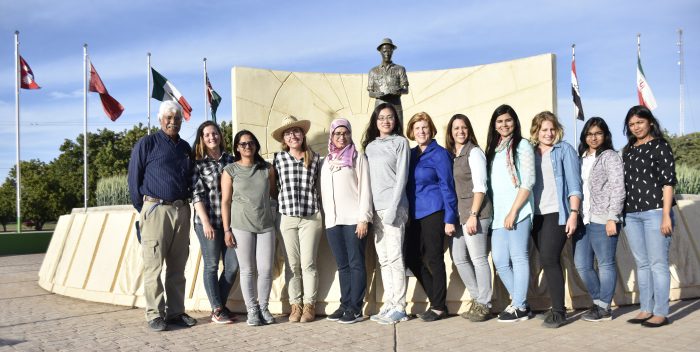
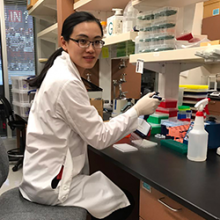
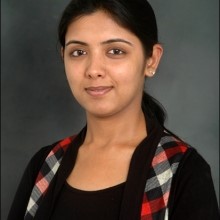
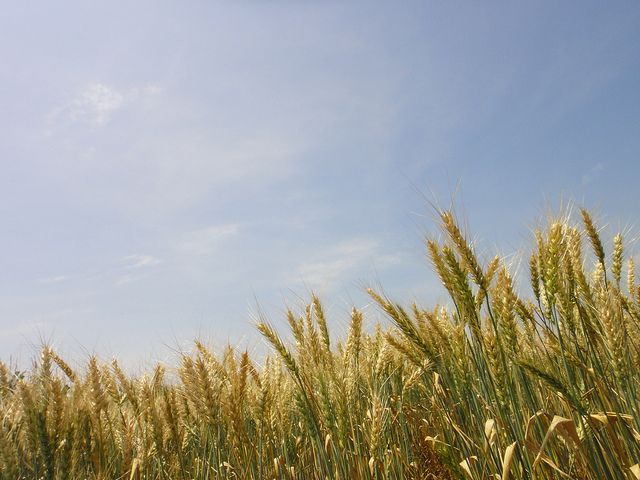
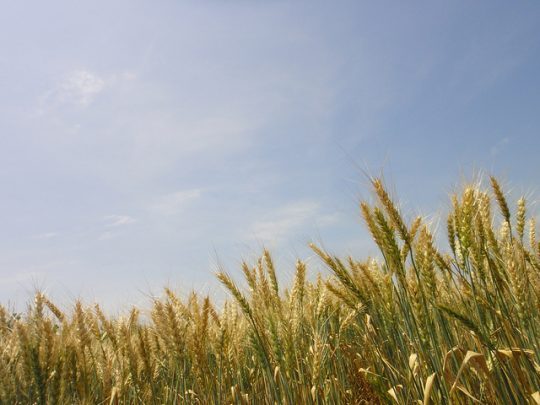
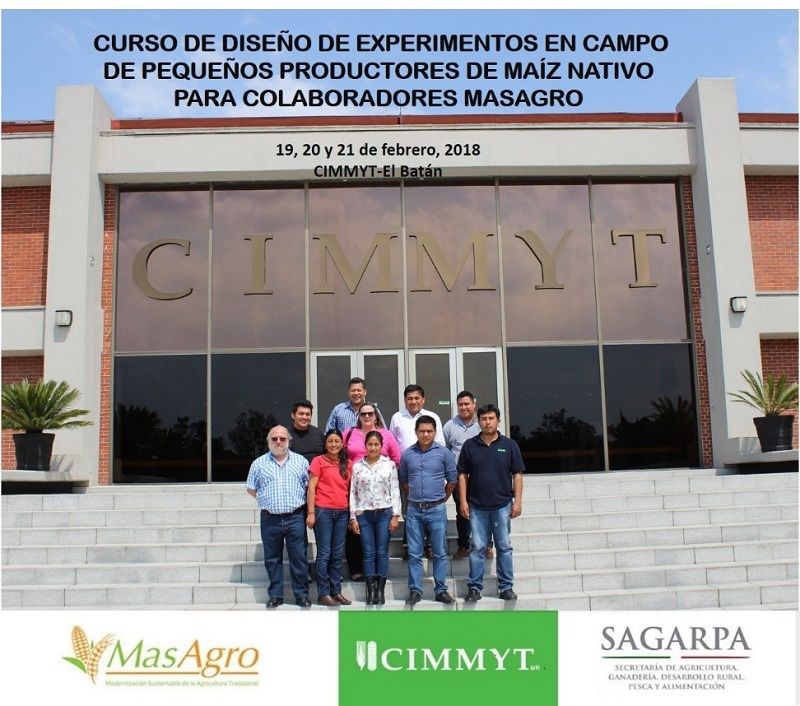
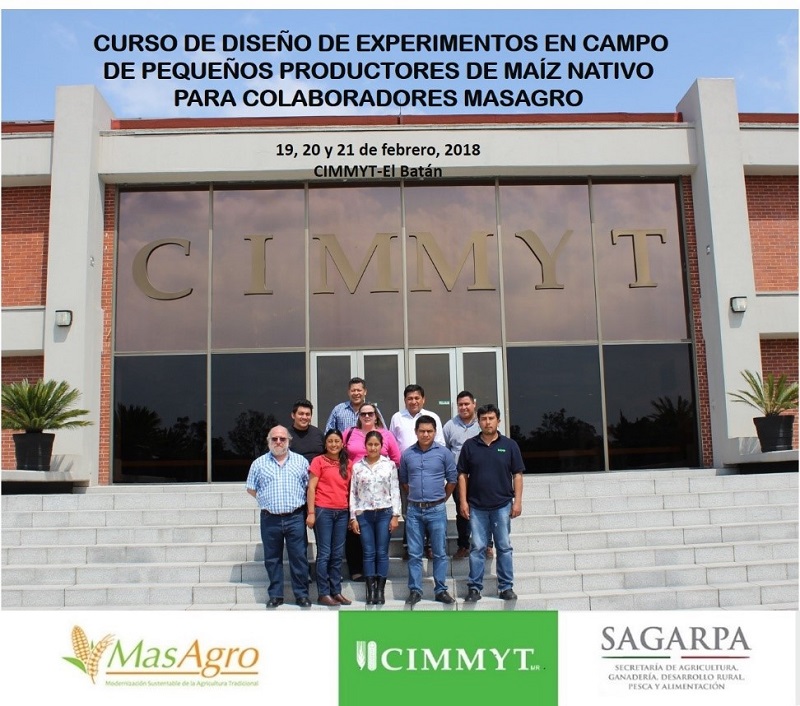 As part of the efforts of the Sustainable Modernization of Traditional Agriculture (MasAgro) program aimed at improving food security based on maize landraces in marginal areas of the state of Oaxaca, Mexico, a workshop on trial design was held from 19-21 February to improve the precision of data on improved maize landraces in smallholder farmers’ fields. Attending the workshop were partners from the National Forestry, Agriculture and Livestock Research Institute (INIFAP) and the Southern Regional University Center of the Autonomous University of Chapingo (UACh).
As part of the efforts of the Sustainable Modernization of Traditional Agriculture (MasAgro) program aimed at improving food security based on maize landraces in marginal areas of the state of Oaxaca, Mexico, a workshop on trial design was held from 19-21 February to improve the precision of data on improved maize landraces in smallholder farmers’ fields. Attending the workshop were partners from the National Forestry, Agriculture and Livestock Research Institute (INIFAP) and the Southern Regional University Center of the Autonomous University of Chapingo (UACh).